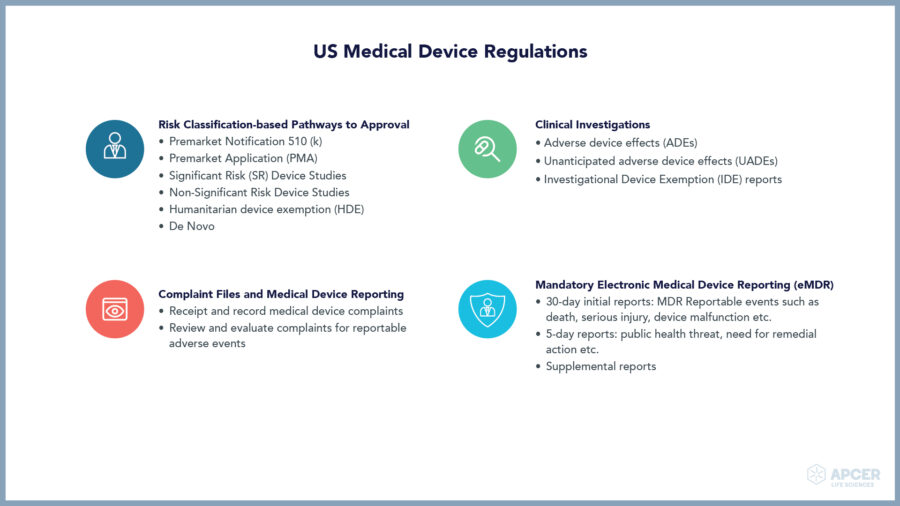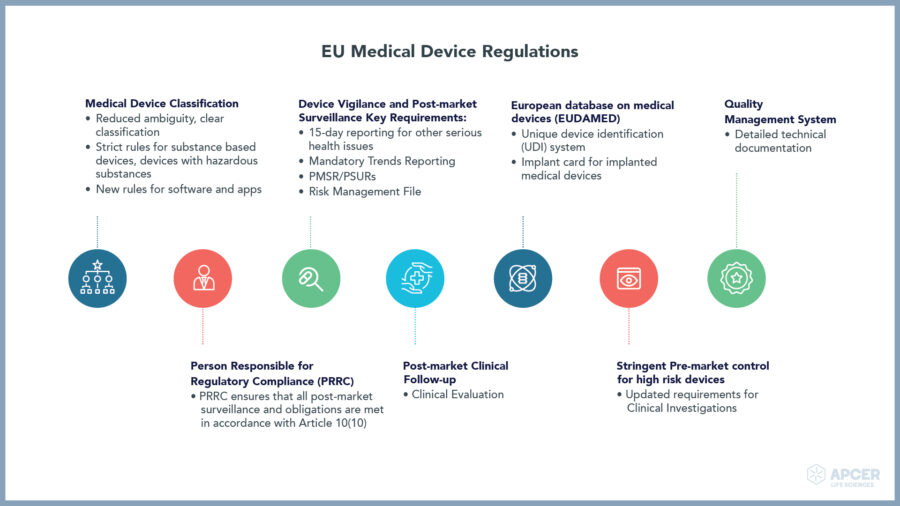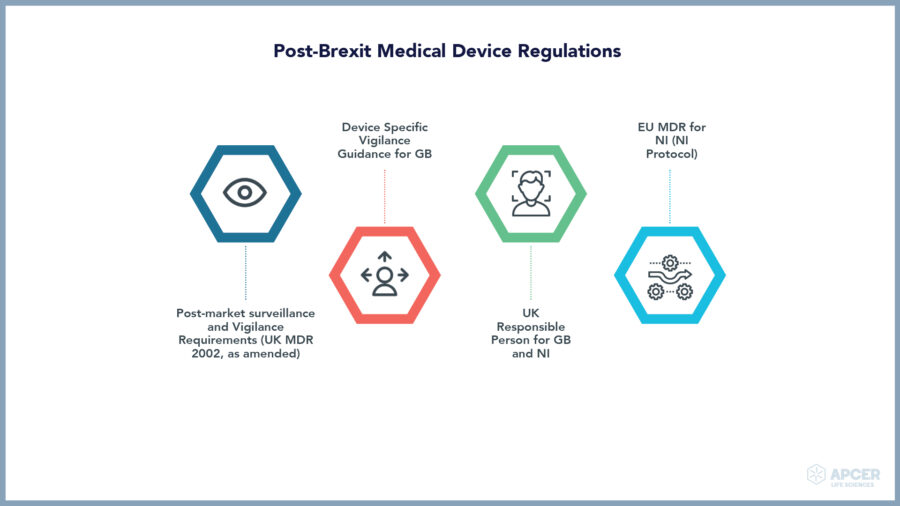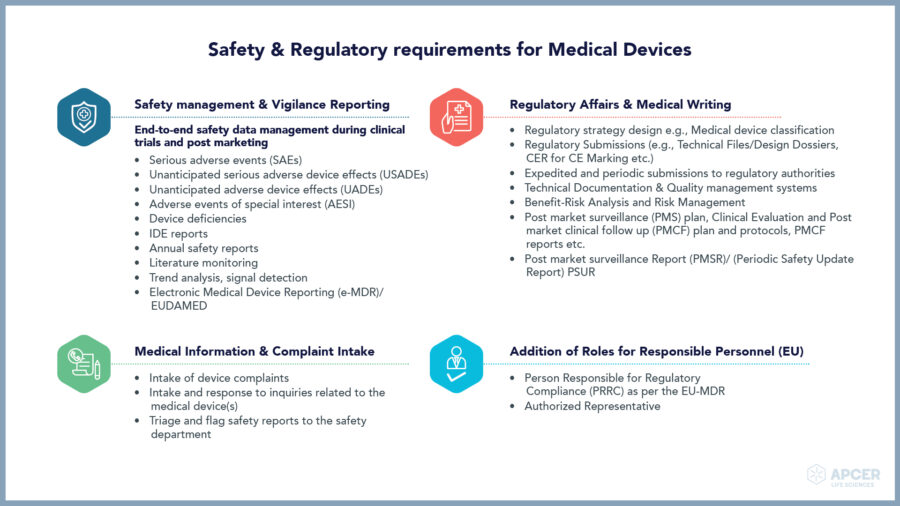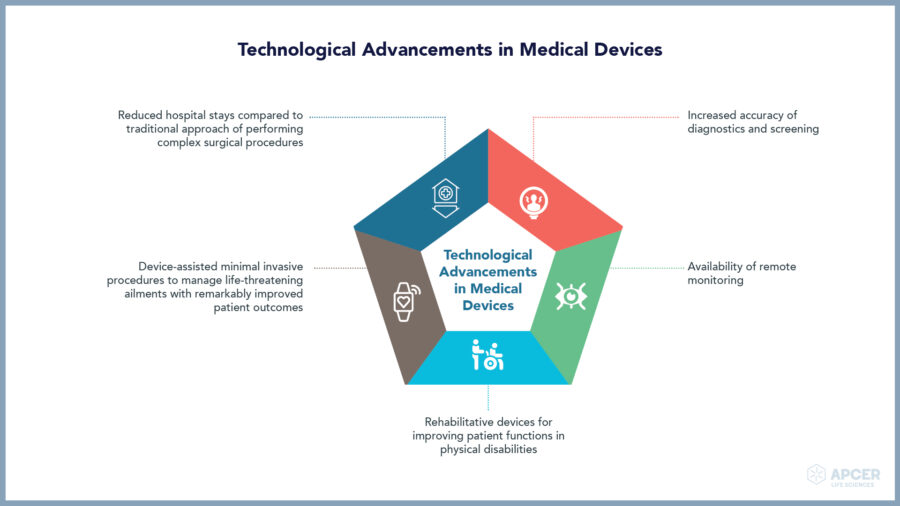FAQs about
IVD and IVDR
Frequently Asked Questions about In-vitro Diagnostic Medical Devices (IVD) and In vitro diagnostic medical device regulation (IVDR)
1. What is IVD?
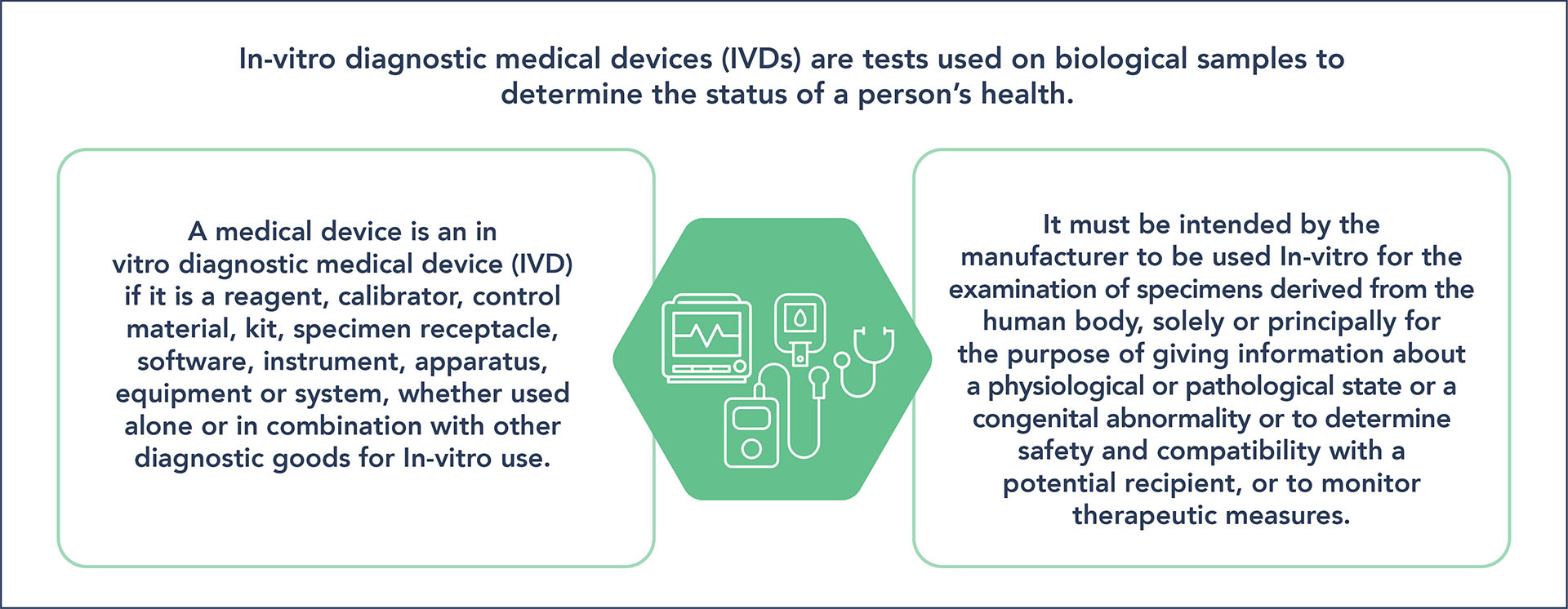
2. What is CE marking?
In the European Union (EU), medical devices must undergo a conformity assessment for meeting legal requirements to ensure that they are safe to use and exhibit intended performance. These are regulated at the level of EU member state who designates accredited notified bodies to conduct conformity assessment; however, they should seek European Medicines Agency (EMA) scientific opinion before issuing a CE (Conformité Européenne) certificate.
Once a medical device has passed a conformity assessment, the manufacturers can place CE mark on that medical device.
3. What is UDI system?
Unique Device Identification System assigns a unique device identifier (UDI) for every IVD device; this allows the identification and facilitates the traceability of devices.
4. What is the main reason for IVDR implementation?
In vitro diagnostic medical device regulation (IVDR) creates a robust, transparent, and sustainable regulatory framework that is recognized internationally, improves clinical safety, and creates fair market access for manufacturers and healthcare professionals.
5. How are devices classified under IVDR?
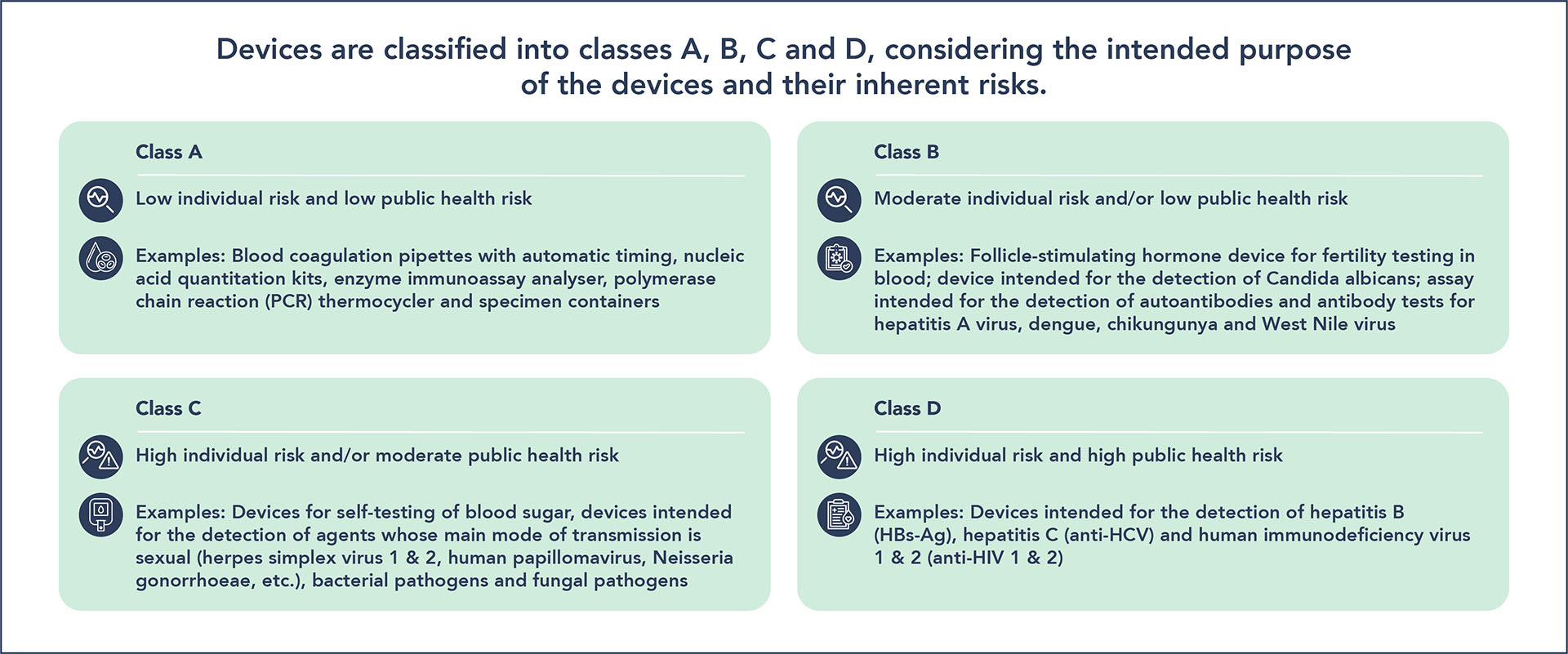
6. When will medical device manufacturers need to comply with the new IVDR?
IVDR (EU) 2017/746 will apply from 26 May 2022.
7. What are the conditions to benefit from the extended transition period for IVDR?
IVDR provides transitional period until 26 May 2024 for IVDs with a certificate issued by a notified body in accordance with the directive on IVDs prior to 26 May 2022.
8. What is a notified body?
A notified body is an organization designated by an EU country to assess the conformity of certain products before bringing them in the market. These bodies carry out tasks related to conformity assessment procedures set out in the applicable legislation when a third party is required.
References:
https://eur-lex.europa.eu/legal-content/EN/TXT/?uri=CELEX:02017R0746-20170505. Last accessed on 15 Apr 2022,
https://eur-lex.europa.eu/legal-content/EN/TXT/?uri=CELEX:02017R0745-20170505. Last accessed on 15 Apr 2022.
Published on: April 28, 2022

